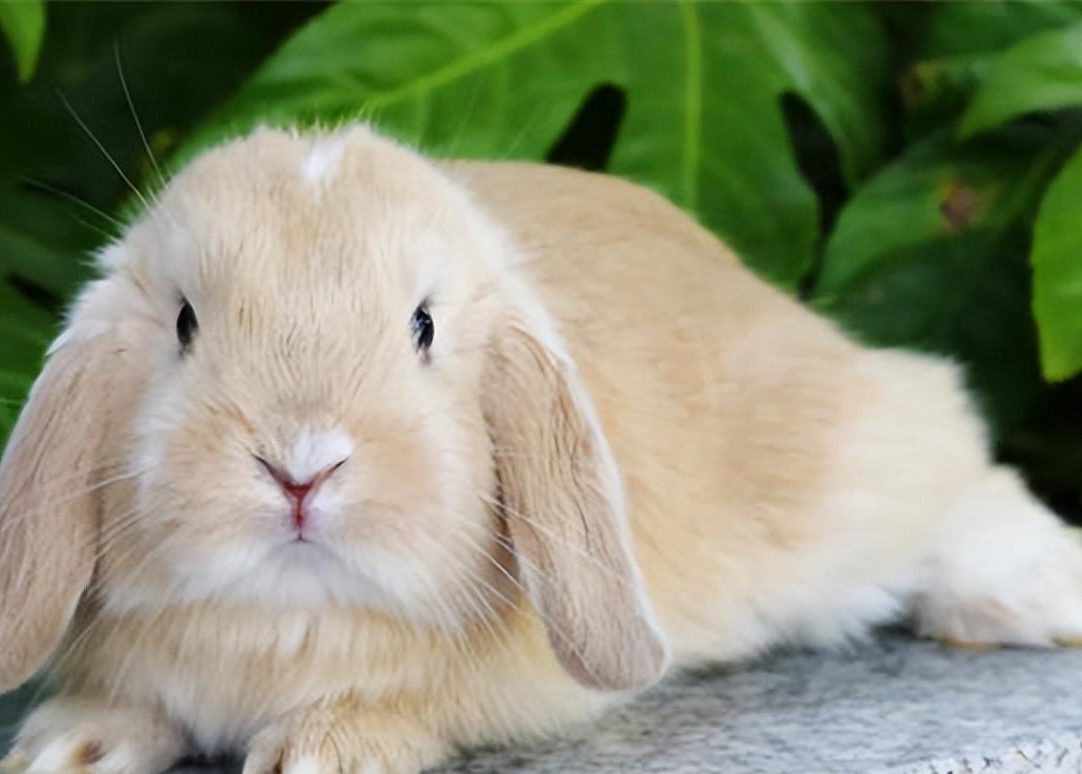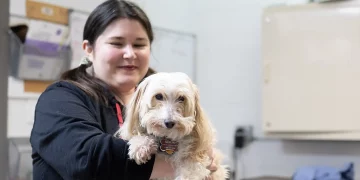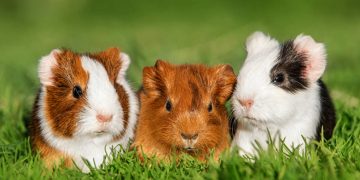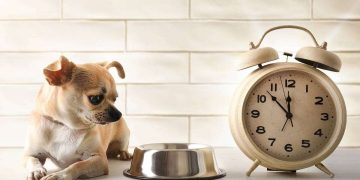1. Introduction: Understanding the Basics of Rabbit Training
1.1. The Nature of Dutch Lop Rabbits
Dutch Lop rabbits are friendly, curious, and intelligent animals that can form strong bonds with their human companions. However, like many rabbits, they tend to have independent personalities, and training them requires understanding their behavior and needs.
Unlike dogs, who have been bred for tasks like herding or guarding, rabbits have different instincts. They are prey animals, which means their natural reaction is to run from perceived threats. This can make them more cautious and less eager to obey commands initially. Therefore, training a rabbit requires patience, consistency, and respect for their instincts.
1.2. Why Training Is Important for Dutch Lop Rabbits
Training your Dutch Lop rabbit serves many purposes, including:
- Improving Behavior: Preventing undesirable behaviors like chewing on furniture, digging, or inappropriate elimination.
- Enhancing Communication: Teaching your rabbit to respond to cues will allow for smoother interaction and better communication.
- Building a Stronger Bond: Positive training experiences strengthen the bond between you and your rabbit, making them feel more secure and happy.
- Mental Stimulation: Rabbits are intelligent animals, and regular training sessions provide mental stimulation that helps keep them engaged and healthy.
Training can also be a fun and rewarding experience for both you and your Dutch Lop rabbit.
2. The Basics of Training Dutch Lop Rabbits
2.1. Setting Up for Success: Preparing for Training Sessions
Before you start training, it’s important to create the right environment. Training sessions should be calm, quiet, and free from distractions. Here are some basic steps to ensure success:
- Choose the Right Time: Train your rabbit when they are calm and not too hungry or overly energetic. After a nap or meal is a good time for a session.
- Use Positive Reinforcement: Rabbits respond best to positive reinforcement techniques. Reward them with treats, petting, or praise when they display the desired behavior.
- Short Sessions: Keep training sessions brief—10 to 15 minutes is ideal. This prevents your rabbit from becoming bored or stressed.
- Consistency is Key: Use the same commands and reward system every time. Consistency helps your rabbit learn faster and understand what you expect from them.
- Patience: Remember that training takes time. Don’t rush your rabbit, and be prepared to repeat commands several times before they catch on.
2.2. Understanding Rabbit Body Language
Rabbits communicate primarily through body language, and understanding this can help you adjust your training techniques. Here are some key signals to watch for:
- Relaxed Ears: When your rabbit’s ears are in a relaxed position, they are feeling calm and receptive.
- Thumping: This is a warning sign, often used when a rabbit feels threatened. If your Dutch Lop is thumping, it may indicate that they are stressed, and you should halt the training session.
- Nose Twitching: Rabbits use nose twitching to express curiosity or excitement. If your rabbit is twitching their nose during training, they are interested and engaged.
- Licking: Rabbits may lick you as a sign of affection or when they are excited. It’s a good sign that they are comfortable and trusting.
- Flattened Ears: This is a sign of discomfort, irritation, or fear. If your rabbit’s ears are flattened during training, stop and give them a break.
By observing your rabbit’s body language, you can gauge their emotional state and adjust your approach to training accordingly.
3. Litter Training Your Dutch Lop Rabbit
3.1. Why Litter Training is Important
Litter training is one of the first and most important training steps for a Dutch Lop rabbit. It’s an essential part of keeping your rabbit’s living space clean, and it allows for more freedom within your home. Dutch Lop rabbits are naturally clean animals and tend to choose a corner or spot to relieve themselves. With the right approach, litter training can be a smooth and stress-free process.
3.2. Steps for Litter Training
- Choose the Right Litter Box: Select a litter box that is large enough for your rabbit to comfortably move around in. It should have low sides for easy access and be made from non-toxic materials.
- Pick the Right Litter: Use paper-based or wood-based pellets, as they are safe for rabbits. Avoid clumping clay litters, which can be harmful if ingested.
- Place the Litter Box in the Right Spot: Observe where your rabbit tends to go to the bathroom and place the litter box in that area. Rabbits usually prefer to eliminate in a corner or quiet space.
- Encourage Use: If your rabbit isn’t immediately using the box, place some of their droppings or urine-soaked bedding in the box to help them associate it with the proper spot.
- Praise and Reward: When your rabbit uses the litter box correctly, reward them with a treat or praise to reinforce the behavior.
- Cleanliness: Make sure to clean the litter box regularly to keep it fresh and appealing to your rabbit.
Most rabbits will catch on quickly, but some may take a little longer. Be patient and consistent with your training.

4. Teaching Basic Commands to Your Dutch Lop Rabbit
4.1. Training Your Dutch Lop to Respond to Basic Commands
Dutch Lop rabbits can be taught basic commands, though they are generally not as eager to please as dogs. However, with consistent training, your rabbit can learn to respond to simple cues such as “come,” “sit,” or “stay.”
4.1.1. “Come” Command
- Start by sitting at a short distance from your rabbit, holding a treat in your hand.
- Use the command “come” in a clear, calm voice while gently encouraging your rabbit to approach.
- When your rabbit comes to you, reward them immediately with the treat.
- Repeat this process regularly, gradually increasing the distance between you and your rabbit.
4.1.2. “Sit” Command
- Hold a treat in front of your rabbit’s nose and move it slowly over their head.
- As they follow the treat, they will naturally sit down. Once they are sitting, give the command “sit.”
- Immediately reward your rabbit with the treat when they sit.
- Repeat the command and reward sequence until your rabbit sits reliably on cue.
4.1.3. “Stay” Command
- Ask your rabbit to sit first.
- Hold your hand out in front of them and say “stay” in a calm, firm voice.
- Reward them for staying in position, and gradually increase the amount of time they stay.
- Practice regularly in a distraction-free environment.
5. Addressing Common Behavioral Problems
5.1. Chewing and Destructive Behavior
Chewing is a natural behavior for rabbits, but it can lead to damage to furniture and household items. Dutch Lop rabbits, like other rabbits, chew to wear down their teeth, explore their environment, or relieve stress.
5.1.1. How to Manage Chewing Behavior
- Provide Chew Toys: Give your Dutch Lop safe items to chew on, such as untreated wood blocks, cardboard, or rabbit-safe hay.
- Limit Access: If your rabbit is chewing on furniture or other objects, use pet-safe deterrents like bitter sprays or block access to those areas.
5.2. Aggression and Biting
While Dutch Lop rabbits are typically friendly, some may show signs of aggression, such as biting or lunging. This behavior is usually a sign of fear, territoriality, or discomfort.
5.2.1. How to Handle Aggression
- Stay Calm: Never punish your rabbit for aggressive behavior. Instead, focus on identifying the root cause of their aggression, such as fear or pain.
- Provide Space: If your rabbit is feeling stressed, give them some space to calm down.
- Positive Reinforcement: Reinforce calm and non-aggressive behavior with rewards.
6. Conclusion: The Rewards of Training Your Dutch Lop Rabbit
Training your Dutch Lop rabbit takes time, patience, and consistency, but the rewards are immense. A well-trained rabbit is not only easier to manage but also more comfortable in their environment and more bonded to their owner. By focusing on positive reinforcement and understanding your rabbit’s behavior, you can teach them essential skills and solve behavioral issues in a humane and effective way. The process of training will strengthen the relationship between you and your Dutch Lop rabbit, making your time together even more enjoyable.























































